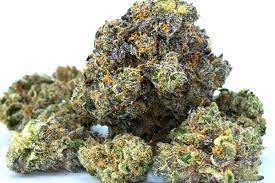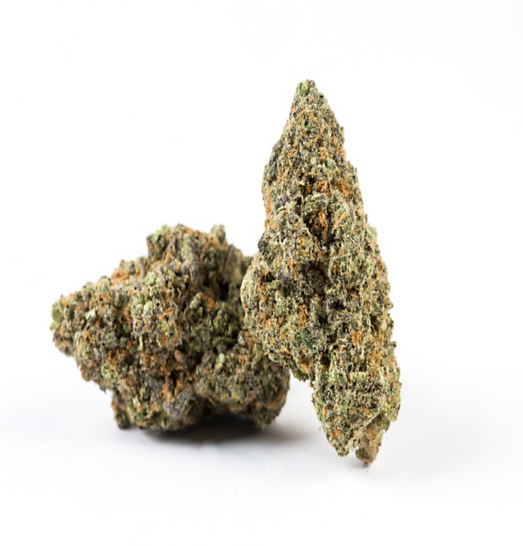Most of us are now familiar with at least a few different cannabinoids found in cannabis, such as CBD and THC, but one that is less well known is cannabigerol or CBG.
CBG can be purchased in flower or oil form, and many people see its value for many different reasons. If you’re ready to try something new other than CBD oil, CBG may capture your attention. However, before purchasing something you’ve never used before, it may be worth asking some of the following questions.
What Is CBG?
When you see a beautiful CBG flower in a reputable cannabis business, you may be wondering how it’s any different from CBD flower. CBG is a cannabinoid just like CBD but is described as being the ‘mother’ of all other cannabinoids since they are all derived from the acidic form of CBG called cannabigerolic acid.
Even though other cannabinoids are derived from it, it’s found in much smaller doses than most others. CBD and THC are found in volumes of up to 25% and 30% respectively, whereas most strains of the cannabis plant only contain around 1% CBG.
What Is CBG Flower?
CBG flower comes from industrial hemp or marijuana that has undergone special breeding. By altering the growing methods, the buds can contain higher concentrations of CBG than they would naturally.
As more work goes into the production of CBG flower than CBD, it’s not as widely available. However, you can still purchase it from some of the best CBD product stockists who offer other products to potentially help with stress, anxiety, skin, and sleep.
Can CBG Get You High?
Many people ask whether CBG is psychoactive. Unlike THC, this cannabinoid is entirely non-psychoactive. There’s no need to worry about psychoactive effects or even side effects such as anxiety or paranoia.
How Does CBG Work?
When you’re going to be putting something new in your body, it’s only natural to be curious about how it works. When you consume CBG, your body’s endocannabinoid system processes it, a system that is made up of receptors and molecules.
Once consumed, CBG mimics the endocannabinoids your body naturally makes and binds to the CB1 and CB2 receptors found in the nervous system, brain, and immune system. Scientists believe it can then strengthen the anandamide neurotransmitter function that plays a part in regulating appetite and sleep, enhancing pleasure, and even alleviating pain.
What Are the Benefits of CBG?
Scientists cannot confirm all benefits associated with cannabinoids yet, and there is a general lack of human studies. However, some studies are undoubtedly showing some promise, leading them to believe that CBG may be beneficial for people living with inflammatory bowel disease (IBD), Huntington’s disease, and glaucoma, just to name a few.
Regarding IBD, experimental animal study showed that CBG could reduce inflammation and the formation of reactive oxygen species in the intestines. Researchers also discovered that CBG might have neuroprotective properties, making it a potential treatment option for Huntington’s disease in the future.
Even people with glaucoma may see the use of CBG in the future since studies have shown that it reduces eye pressure in cats.
It can be hard to familiarize yourself with every new cannabinoid to hit the market, but CBG is worth keeping an eye on. Talk to your local stockist about your CBG flower options, and see if it’s right for you.


